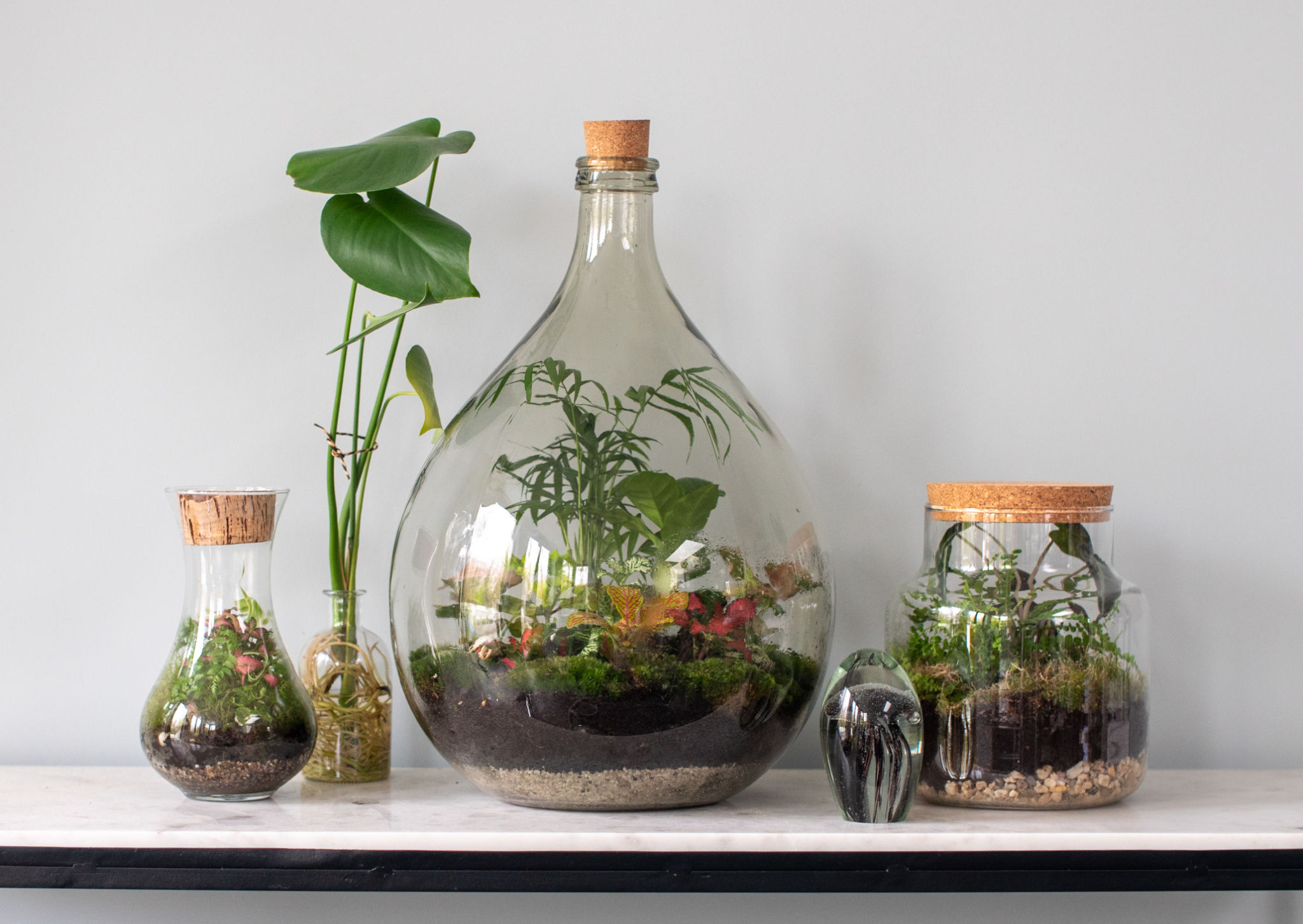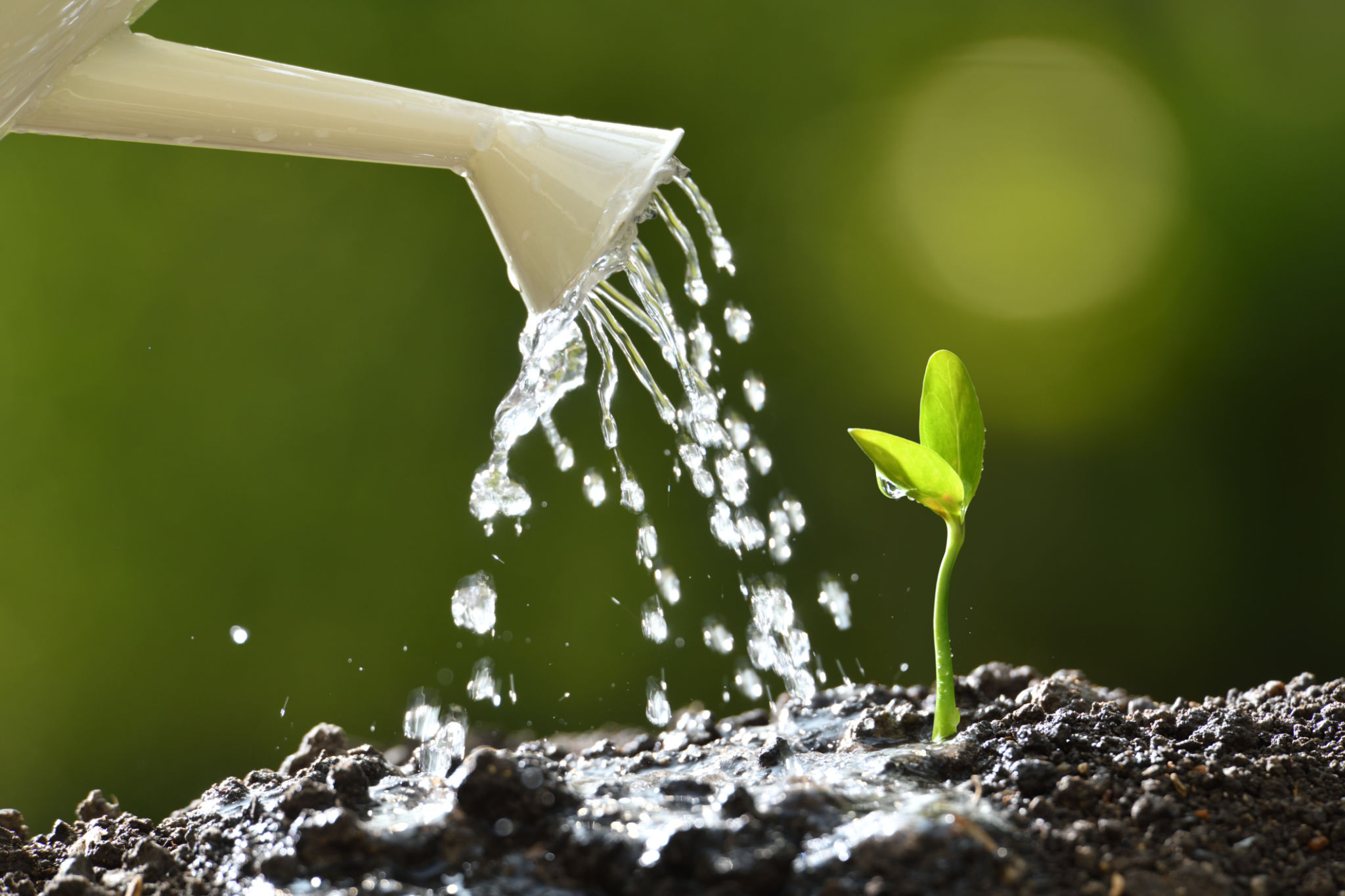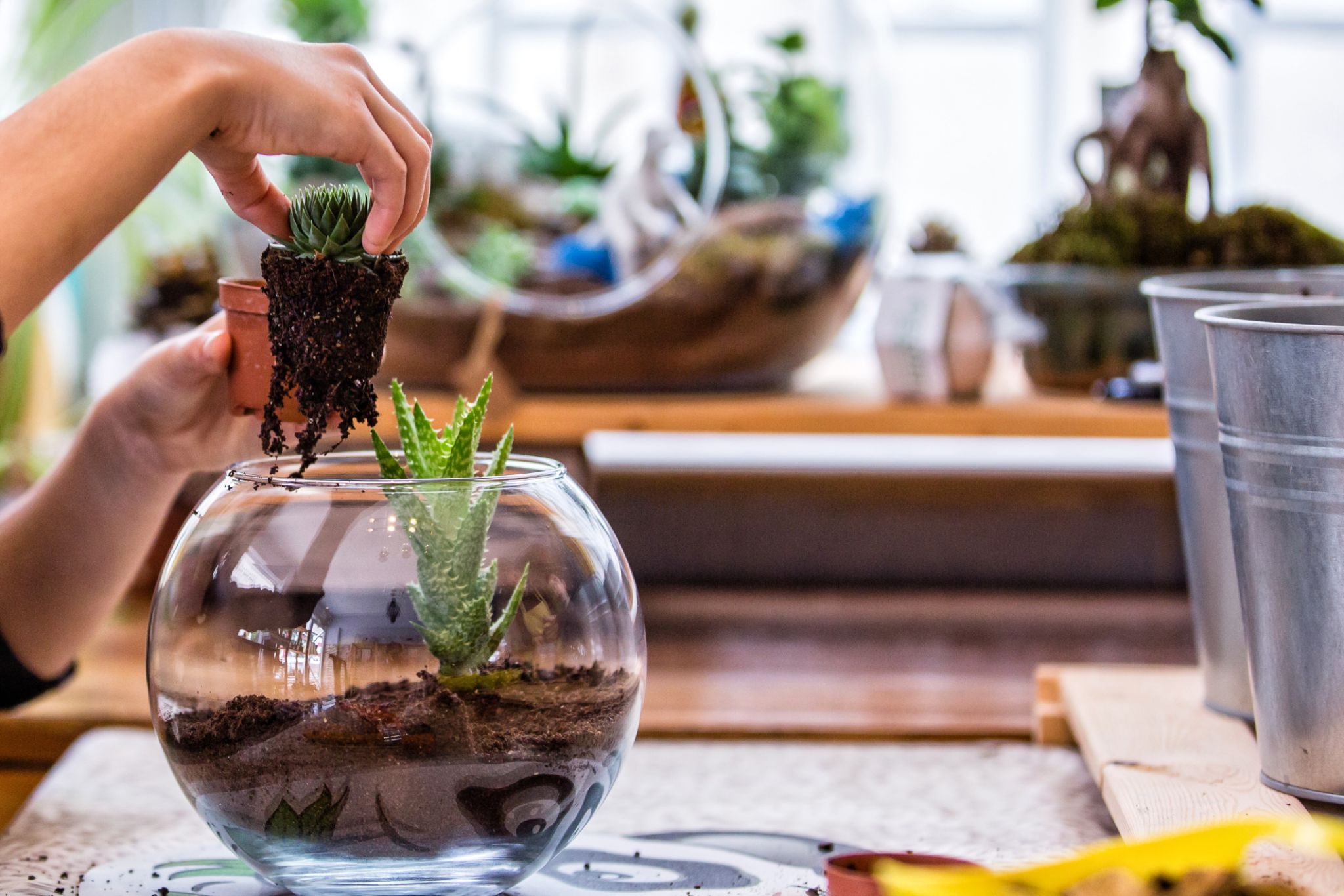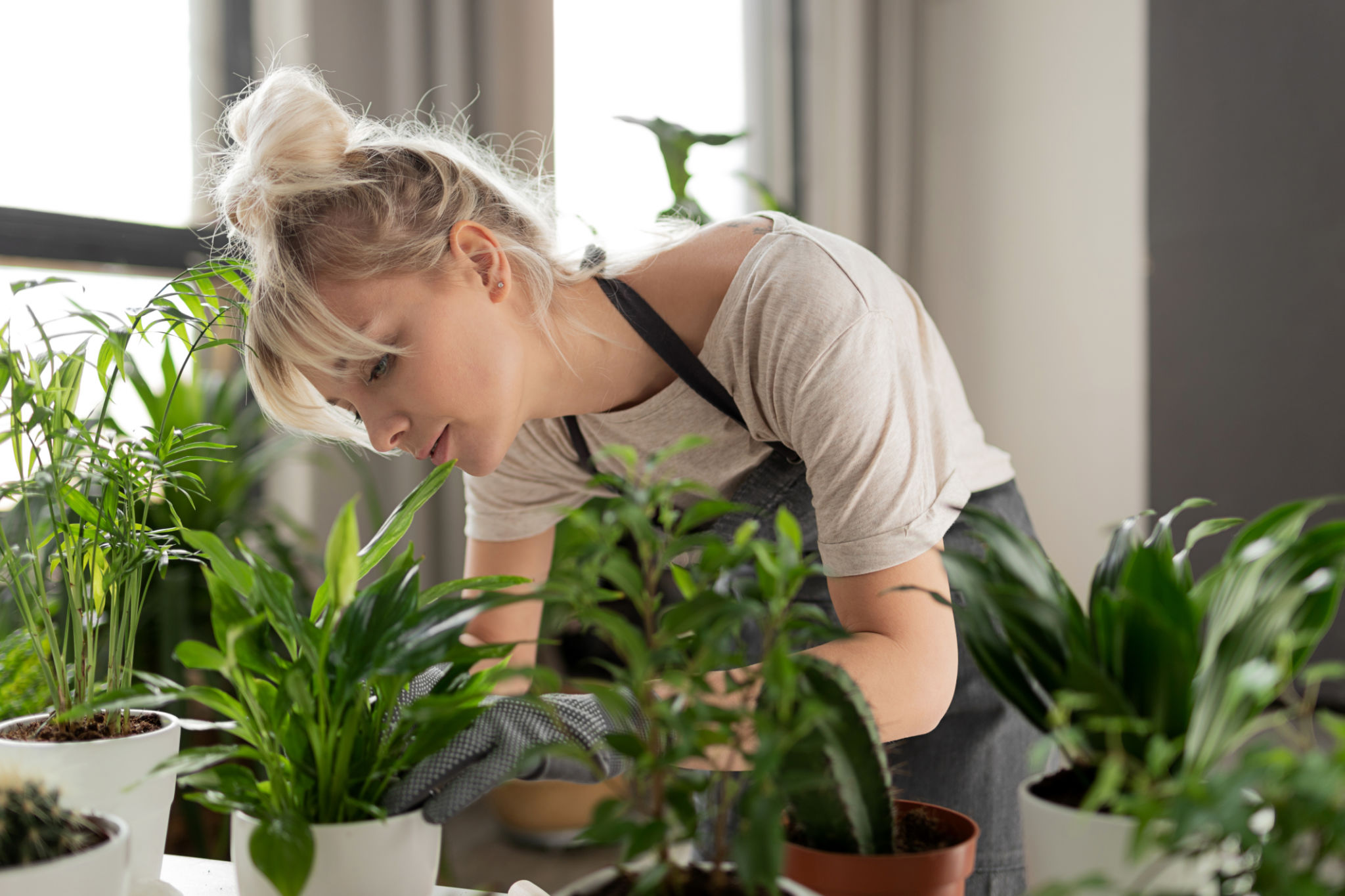Expert Tips on Terrarium Maintenance: Common Mistakes and How to Avoid Them
Understanding Your Terrarium's Needs
Terrariums can be a delightful addition to any home, offering a miniature ecosystem that requires less maintenance than a traditional garden. However, it's crucial to understand the specific needs of your terrarium to keep it thriving. One common mistake is failing to research the specific plant species within your terrarium. Different plants have varying light, water, and temperature requirements. Ensure you know what each plant needs to avoid under or overcare.

Proper Light Exposure
Light is essential for photosynthesis, but too much or too little can be detrimental to your terrarium plants. Many beginners place their terrariums in direct sunlight, thinking more light is beneficial. However, this can lead to overheating and drying out your plants. Instead, position your terrarium near a window with indirect sunlight or use artificial grow lights if natural light is limited.
Watering Wisely
Overwatering is one of the most common mistakes in terrarium maintenance. Unlike outdoor plants, terrariums have no drainage holes, so excess water can easily lead to root rot. Always check the moisture level of the soil before watering. A good practice is to water sparingly and only when the soil feels dry to the touch.

Choosing the Right Soil
The right soil is crucial for the health of your terrarium plants. Using garden soil can introduce pests and diseases, which can quickly spread in the closed environment of a terrarium. Instead, opt for a high-quality potting mix that is well-draining. You can also add activated charcoal to help filter the water and keep the environment fresh.
Avoiding Overcrowding
While it might be tempting to pack as many plants as possible into your terrarium, overcrowding can stifle growth and lead to competition for resources. Ensure there is enough space for each plant to breathe and expand. Regular pruning can help maintain a balanced environment and prevent any one species from overtaking the space.

Regular Maintenance and Monitoring
Regularly checking your terrarium's condition is vital for early detection of any problems. Look for signs of mold or mildew, which can indicate high humidity levels, and adjust accordingly by opening the lid occasionally to allow air circulation. Additionally, remove any dead or decaying leaves to prevent disease spread within the terrarium.
Temperature Control
Temperature fluctuations can stress your terrarium plants. Ensure that your terrarium is placed away from direct heat sources like radiators or cold drafts from windows. Maintaining a consistent temperature will help keep your plants healthy and vibrant.

Conclusion: Enjoying a Thriving Terrarium
With careful attention and understanding of your terrarium's unique requirements, you can enjoy a thriving miniature garden that enhances your living space. Avoiding common mistakes such as improper light exposure, overwatering, and overcrowding will lead to a healthier ecosystem. Remember, a well-maintained terrarium not only looks beautiful but also provides a sense of tranquility and connection to nature.